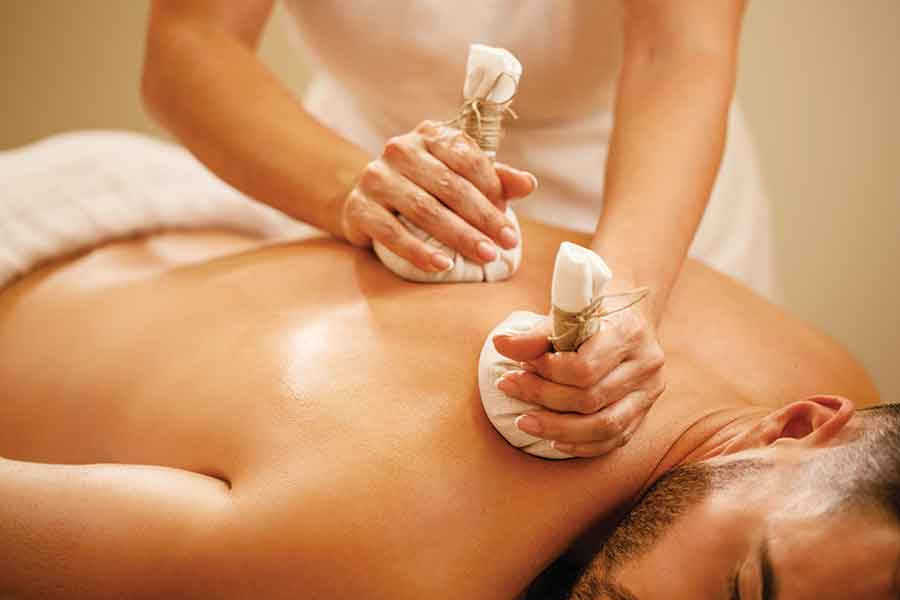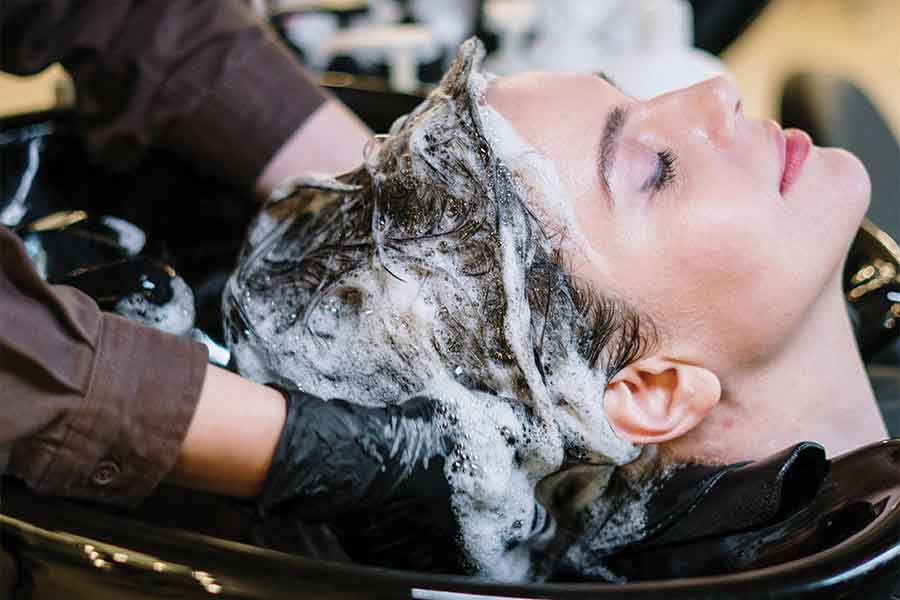Between the COVID-19 pandemic and a rising trend of clean beauty, India’s ancient traditional healthcare system has gone international.
The centuries-old Indian traditional healing and wellness practice is on ‘trend’, a word most being used to refer to the resurgence of Ayurveda in spa, beauty, and wellness. From hair, to skin, to spa, every sector of the beauty industry has been monopolised by this cultural renaissance.
But what exactly is this set of processes, and why is the wellness industry taken in by its re-emergence in common practice?
The COVID-19 effect
Perhaps what has brought Ayurveda back to the forefront of popular consciousness is the COVID-19 pandemic. A part of the cultural reckoning and legacy of the pandemic is our trust in traditional medicine, healing, and science. When modern medicine did not have an answer for the new and unknown virus, Indians especially resorted to return to their cultural roots, finding solace in tried and tested ingredients and methods. These ancient therapies, such as oil pulling, ghee consumption and turmeric and ginger poultices and medicines may not have been backed by rigorous scientific testing or data, but their efficacy brought great relief to an anxious country and its people.

On the other hand, international consumers looked outwards for more exotic, unconventional solutions to their ailments. Again, when Western medication did not seem to provide enough solutions, they turned to Ayurveda, traditional Chinese medicine, and other ancient medical practices for answers.
While this stage of panic and uncertainty has subsided, Ayurveda in wellness treatments remains a popular trend. Ayurvedic practices are seen as a holistic, inside-out solution with fewer negative ill-effects compared to conventional Western medication.
Outside In
While Indians are certainly raising demand for Ayurvedic spa treatments in India, they are perhaps not the only customers of the treatments. There has been a considerable increase in wellness travel, and increasing number of wellness enthusiasts, from interested aficionados to curious journalists, have taken a trip to India to experience Ayurveda in its birthplace. This has perhaps been the largest contributing factor to the rise of the luxury Ayurvedic spa, a place which combines

traditional treatments with high-quality ambience to appeal to a foreign, high-spending client. This exclusive, international clientele hence can experience what to them is an exotic treatment regime, all without giving up their creature comforts and lifestyle habits – a win-win situation for both clients and spas.A complementary spa trend is seen overseas. Countries across the world are now seeing an influx of Ayurveda-themed spas, offering these services to a curious customer who may be unable or unwilling to travel to India for the experience. International Ayurvedic spas bring India to their clients’ doorsteps, but perhaps authenticity gets compromised in the trip.
a-YOU-rveda
For the rest of us who do not operate luxury Ayurveda-based spas and treatment centres, is there any way we can incorporate traditional healing practices into services we provide for ourselves and our clients? Perhaps there is, but there are risks involved.
Ayurveda is a rigorous practice, and a trained practitioner requires years of study to understand and diagnose issues in a patient. It is then best to leave solutions of complex issues and individualised treatment services to those who have the required expertise.

Yet, that does not mean that Ayurvedic principles cannot be incorporated into a traditional spa service. There are several ingredients which could be added to traditional treatments to receive their intended benefits. In the realm of hair, hot oil massages and gooseberry and shikakai treatments can strengthen hair follicles and reduce hairfall. On the other hand, chickpea flour combined with turmeric and milk could act as a skin scrub and detoxifier. As with all at-home skin treatments, patch tests are recommended and an Ayurvedic medical practitioner should be consulted in case of any negative reactions.
Meanwhile, for those on the lookout for a more holistic Ayurvedic spa treatment, there are several options right at home or across the world. Ananda in the Himalayas in Rishikesh, for example, offers rejuvenating therapies such as Abhyanga, Shirodhara, and Panchakarma alongside world-class fitness facilities, yoga, and meditation. Overseas, The Raj in Iowa takes pride in its team of experts from the nearby Maharishi Ayurveda Council of Physicians, who have approved and worked on all their practices.
Whether it is a luxury Ayurvedic spa in another continent, or Ayurveda-based treatments right at home, there is no doubt that the Ayurveda wellness trend is here to stay.







